Over the years, I have traveled to different parts of the world and have seen plenty of animal tourism adventures advertised. I have learnt the hard way what NOT to do as a tourist. The wildlife tourism industry is extremely big business. These animals make their owners a lot of money. This is largely due to our alarming lack of awareness about the cruelty and abuse that is inflicted on each animal. What may seem cute and enjoyable for us, is a broken animal, stolen from the wild, abused and dominated until submissive, and then trained to perform for our enjoyment. If we want this abuse and cruelty to stop, as tourists we must recognise the good attractions from the bad.
As an animal lover, I know all too well how these places seem to draw us in, leading us to believe we’re helping conserve the animals, where the opposite is actually true. When I was younger, I am ashamed to say that my family and I took part in an elephant ride in Bali. While in Thailand, I saw baby gibbons being used as photo props along the beaches of Phuket. Having volunteered at The Gibbon Rehabilitation Centre, I know all too well, the cruel start to life these animals have suffered, for our pleasure. In Malaysia, I witnessed trained macaques climb up coconut trees to retrieve coconuts, with chains around their necks. Working in such extreme heat, doing the same activity group after group, day after day, it’s cruel and unnecessary, but something tourists pay to see.
It saddens me to know that I have experienced some of these activities, that I am now begging you to avoid. If I had known what I know now, I would never have taken part in these unacceptable activities. Elephant rides, tiger/lion walks, monkey shows, circuses, SeaWorld, swimming with captive dolphins, posing with snakes, birds, monkeys, apes, cubs, anything where the animal is used to entertain us, must be avoided.
Where we spend our money while on holiday can have a massive impact on the industry. Our money should support sanctuaries who encourage conservation and education, not exploitation. Continue reading to find out what goes on behind the scenes. Spread the word and together we can stop these practices from continuing!
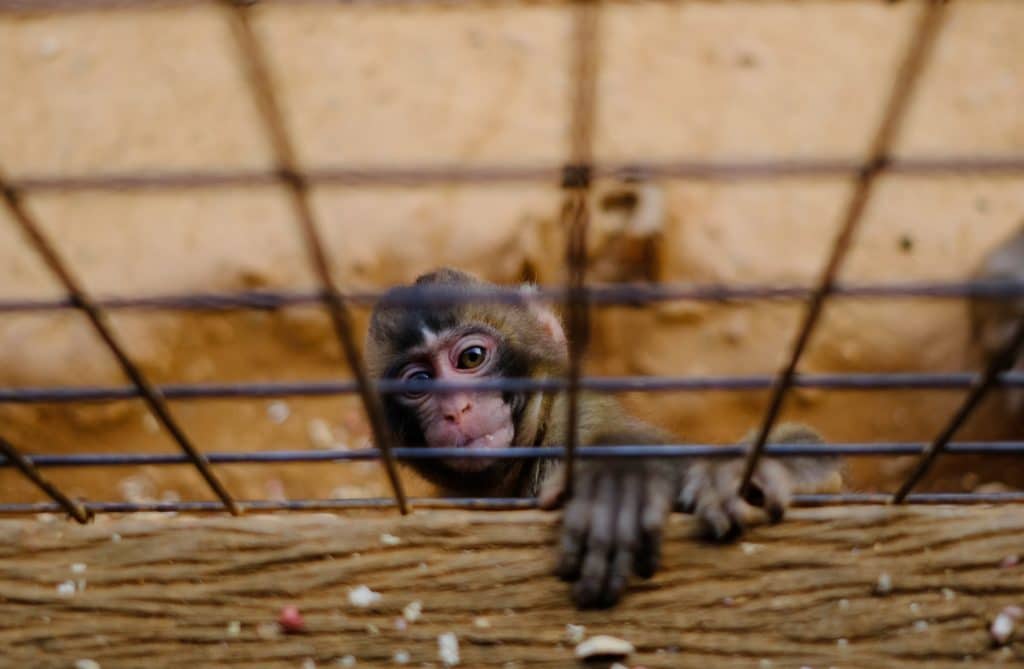
Elephants
Thousands of elephants are used across Asia for the entertainment industry. Used for rides, with steel or wooden saddles, circus performances or bathing experiences.
The majority of elephants used in captivity have been captured from the wild, where they were taken from their mothers as young infants. They are then forced to submit to humans, via a training process known as “the crush”. This can involve physical restraint, withholding food and water, prolonged isolation and at it’s worst being restrained in a pen whilst being beaten for days, to establish dominance.
The elephants’ spirit is broken to ensure they are submissive and can be ridden safely and perform the tricks as told, on demand for paying tourists. Since the public doesn’t see the cruelty that has already occurred to produce these calm, obedient elephants, this hidden abuse continues. They are forced to work when they are sick, in extreme heat and for long hours each day.
Instead of supporting these horrible practices, visit a reputable elephant sanctuary where you can witness elephants in a more natural environment. The elephants should be able to roam free, bond with other elephants and have a social structure. These sanctuaries do not allow elephant rides or make the elephants perform tricks.

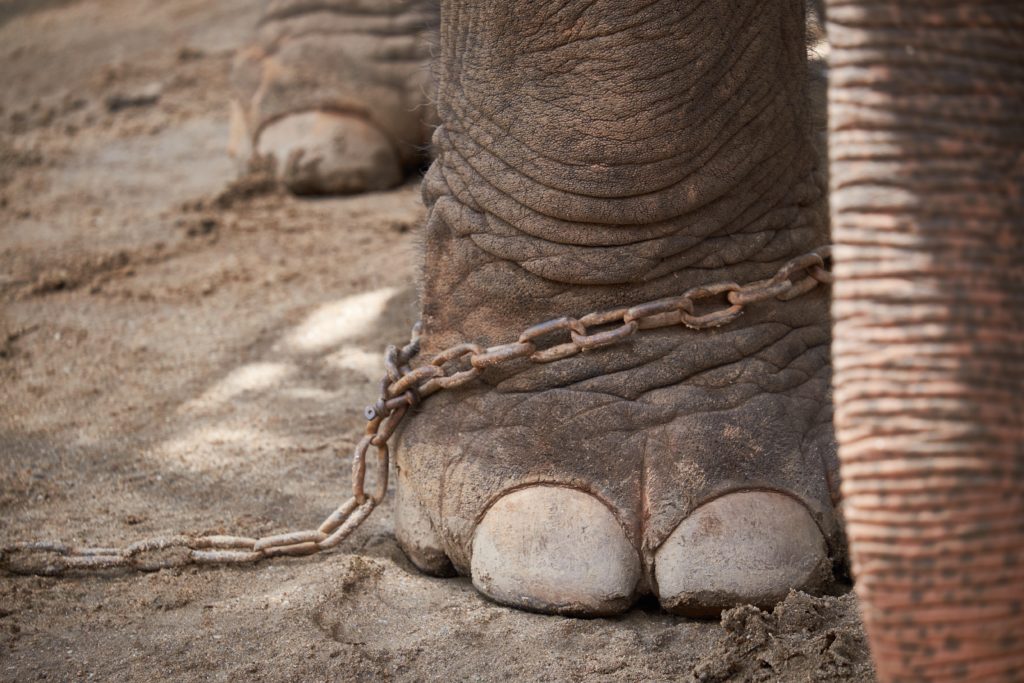
Tigers and Lions
Tiger tourism venues across Asia are only in operation because tourists continue to pay money to see tigers up close. Tigers are used as photo props, walking experiences or for entertainment. These temples or so called “sanctuaries” make you believe they promote conservation and aim to return the tigers to the wild. But this is far from the truth.
To keep the tigers docile, they are often given sedatives, some venues even remove their claws. They are often poked and prodded by sharp hooks to ensure they roar and bare their teeth for photos. When not being used they are either chained or kept in bare concrete pens, with a lack of stimulation, hygiene, poor diets and inadequate veterinary care. Often seen pacing back and forth, which is a clear sign of stress.
Tiger cubs are bred in large numbers for this growing industry, because this is what brings in the most money. Separated from their mothers too early, to allow tourists to handle, hug and pose for a photo. Some places also offer tourists the opportunity to bottle feed the young cubs. Mother tigers are continually being bred to keep up with the demand. These places are heartbreaking and unbelievably cruel.
This same situation occurs in South Africa with lions. Lion cubs are being bred for tourists, who are wanting to cuddle and have a “selfie” with a lion. These venues trick travelers into thinking their donation will help the species. As the lions grow, they are used for walking experiences on lead. Once they are adults they are sold to big game hunters, to please the growing demand for canned hunting.
The increasing tourist demand for close animal encounters, means a lifetime of cruelty for these animals. We need to reconsider our motivation for visiting places like this. We must be more diligent with our money and which charity we support.
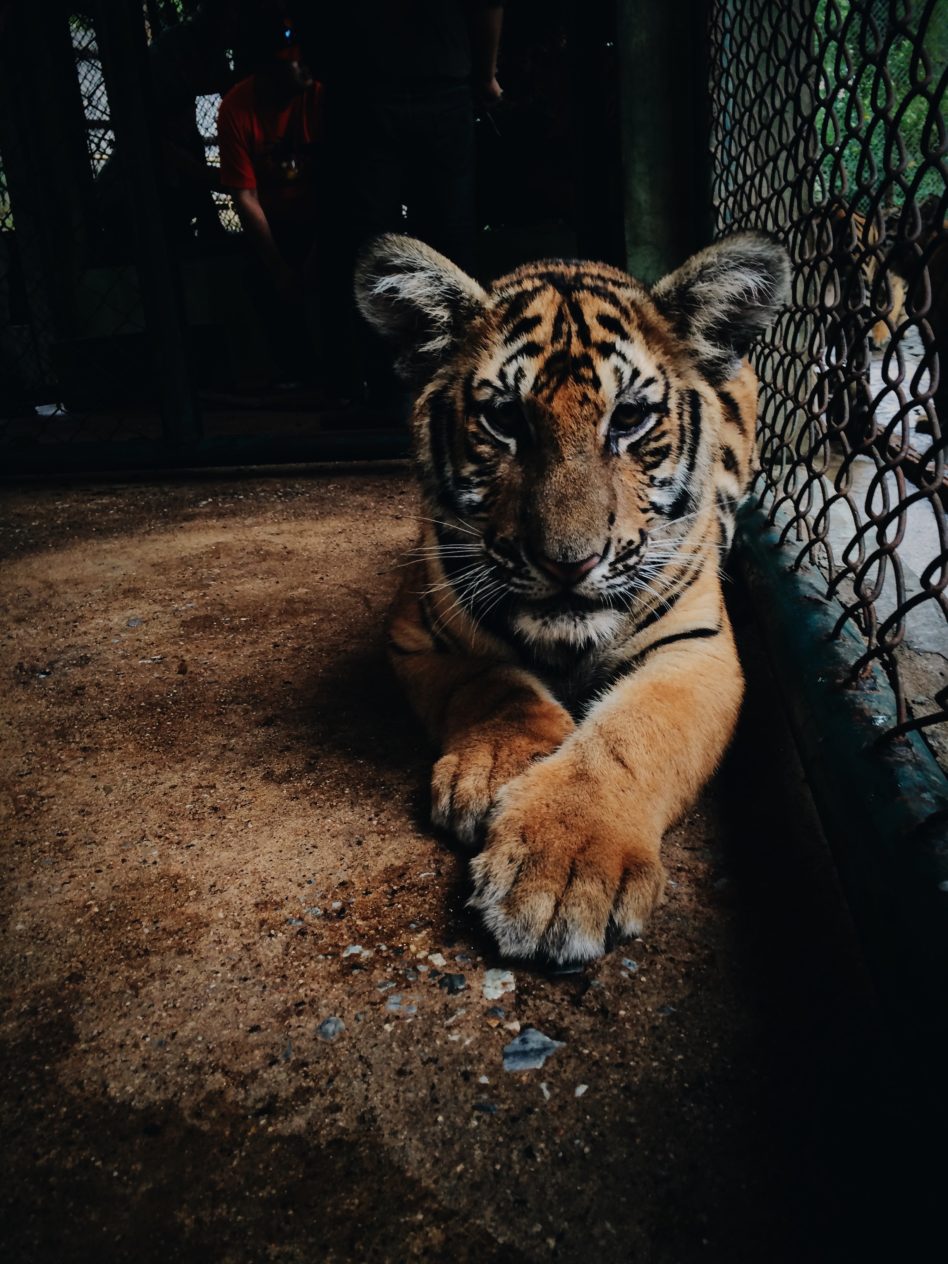
Sea turtles
Be wary of anyone on the street or any venue offering the opportunity to pick up a sea turtle for a photo. These turtles are often from a farm, where they are kept in small crowded tanks.
Holding a sea turtle is extremely stressful for the animal and can weaken their immune system, increasing their chance of disease. When handled, they often panic, struggling to get out of your hands. They flap their flippers fast which can cause themselves fractures. Even worse, tourists surprised by their forceful flapping could accidentally drop the turtle, which could lead to a cracked shell. This type of injury needs prolonged rehabilitation which is often left untreated, this lack of care and attention will likely cause the animals’ death.
Dancing bears
Bears are used for cruel entertainment in Eastern Europe and Asia. Once captured from the wild as young infants, bears are taught by a human trainer to dance, using incredibly cruel and barbaric practices. The bears are forced onto sheets of intense hot metal. To escape the pain, the bears lift up one paw and then the other, alternating as the music plays. This practice is repeated over and over again, until the bear automatically raises its paw when music is played, to make it seem as if the bear is “dancing”. This is a learned response in fear of the pain that has occurred when music has played in the past. Some bears are also forced to dress as clowns and perform tricks.
Without anaesthetic, rings are put through a bears’ highly sensitive nose. Chains are then attached to enable trainers to have utter control over the large animal, with only the slightest tug. Often their teeth are removed and claws trimmed to reduce any harm to the trainer.
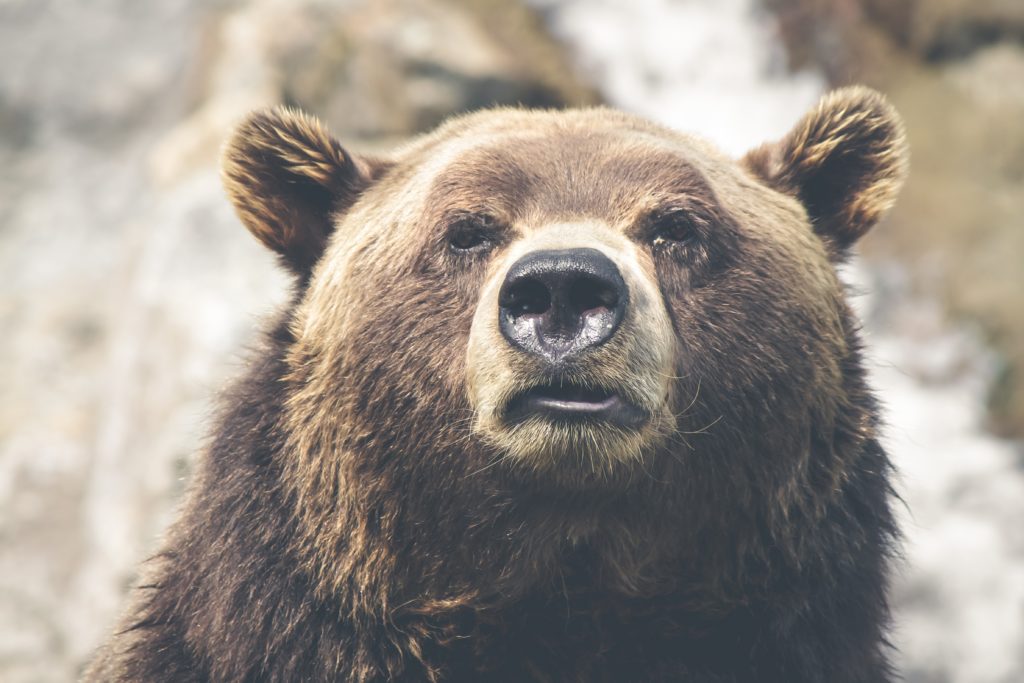
Macaques, Capuchins, Gibbons, Marmosets, Birds, Snakes, Iguanas etc.
These animals may be seen exploited on busy touristic streets in Asia, South America and some parts of Europe. They are captured from their natural habitat at a young age, to ensure they are trainable. Primates have their teeth filed down or removed. Snakes have their teeth yanked out and cobras have their venom ducts pierced, with a hot needle, to destroy their one form of defense.
Gibbons have been seen sitting in bars smoking cigarettes or drinking beer to entice tourists inside. Macaques, as well as other small monkeys, are dressed in costumes, trained to walk, forced to dance and perform tricks for tourists. When these animals are not being used in street entertainment, they are kept in small cages or chained. As they get older they can become dangerous. This is when they are drugged to keep them docile to allow their handlers and tourists to handle them.
Eventually, they grow older, become less “cute”, thus less admirable to tourists and reduce the owners’ profit. This is when they are neglected and caged for the remainder of their life, abandoned, or if lucky, rescued by a sanctuary. Another infant is then sourced from the wild and the whole process begins again.
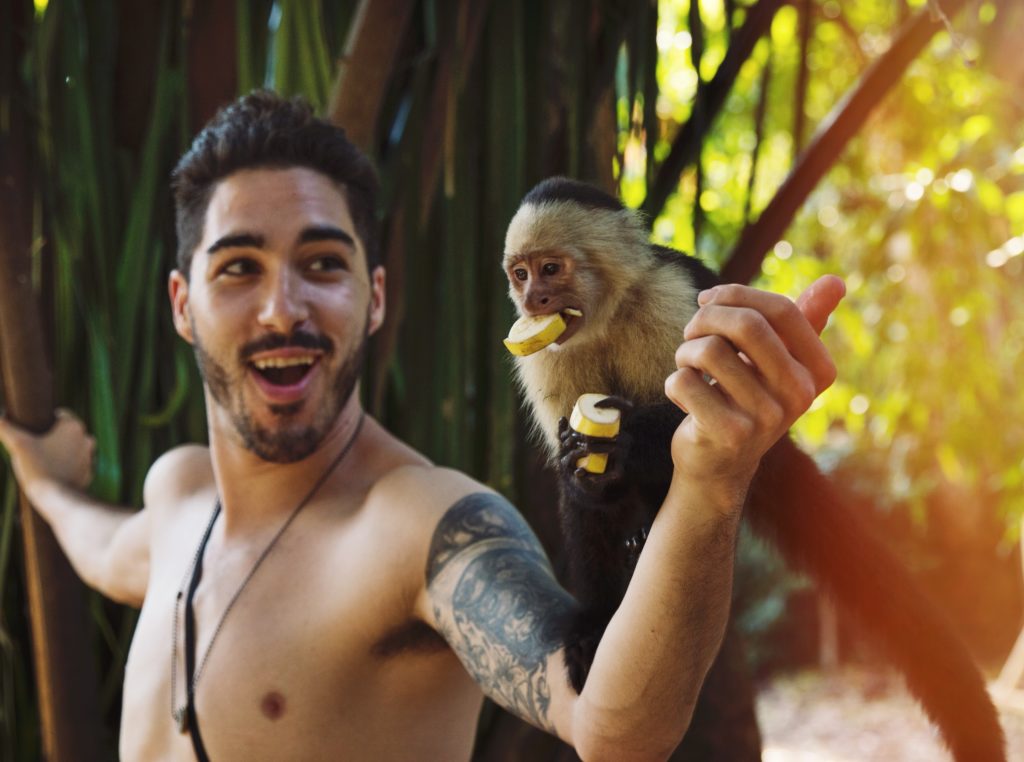
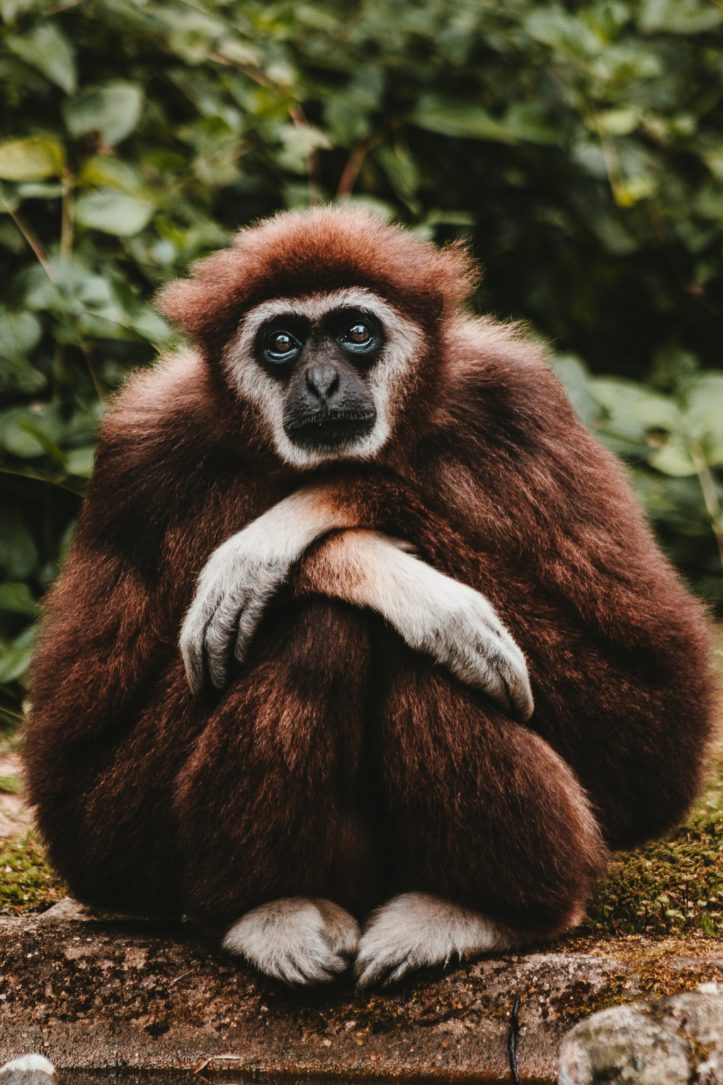
Dolphins
Poachers steal young dolphins from their pod out in the wild. The baby is usually netted and hauled onto the back of a boat. This process is extremely stressful for the mother and can be so traumatic for the baby that many die during this process. Those that survive are put into a chlorinated swimming pool. They must live in these small tanks, restricted and unable to swim the distances and depths they would in the wild.
Performing dolphins are kept hungry so that they are more likely to perform unnatural tricks. Each act performed is rewarded with food the dolphins need to survive.
Dolphins can become anxious and neurotic as a result of tourists poking and prodding them at “petting pools”. The stress of performing, captivity, lack of natural behaviours, lack of social groups, unsuitable living conditions and loud crowds, could cause the dolphins to live a much shorter life than they would in the wild. The constant exposure to humans can cause illness, stress-induced ulcers, aggressiveness and even death. Again, all for our apparent enjoyment.
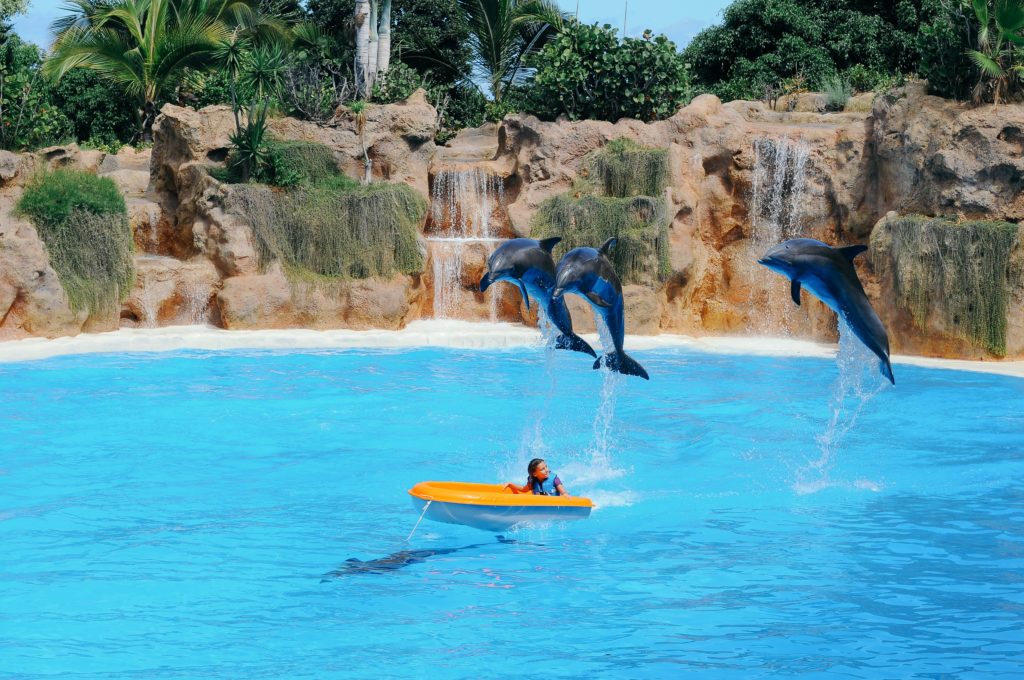
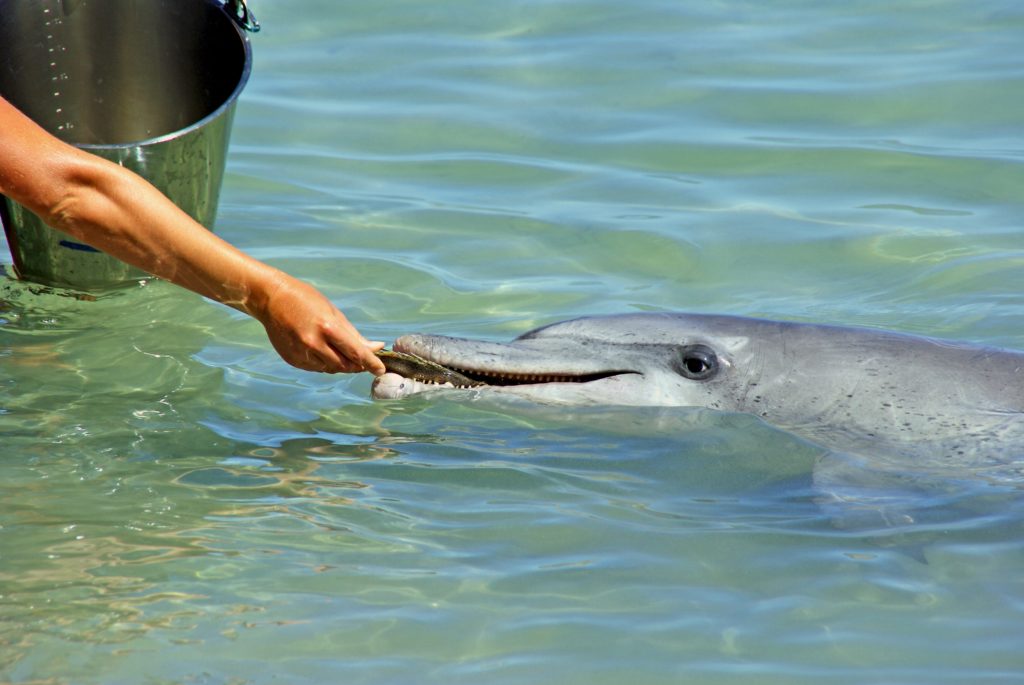
Horses and Donkeys
Most cities you travel too are likely to have horse-drawn carriages carrying tourists through the streets. It’s an alternative way to travel around a city. However pulling these oversized loads is cruel. These horses work in extreme weather conditions, dodge traffic/road rage, walk on concrete all day long and often have to breathe in exhaust fumes. This is not a humane environment for horses. This is an outdated practice and profit is no excuse for cruelty. Some cities have banned this practice but not enough.
Donkeys are also being used to haul us humans up steep hills in Greece and between monuments in Egypt and Jordan, as well as other countries. These animals are over-worked, under-fed, carrying tourists far too heavy for their bodies to handle in extreme heat. Many suffer injuries, exhaustion, dehydration and heat stress. We need to stop and refuse this type of activity. These animals are suffering due to our lack of awareness.
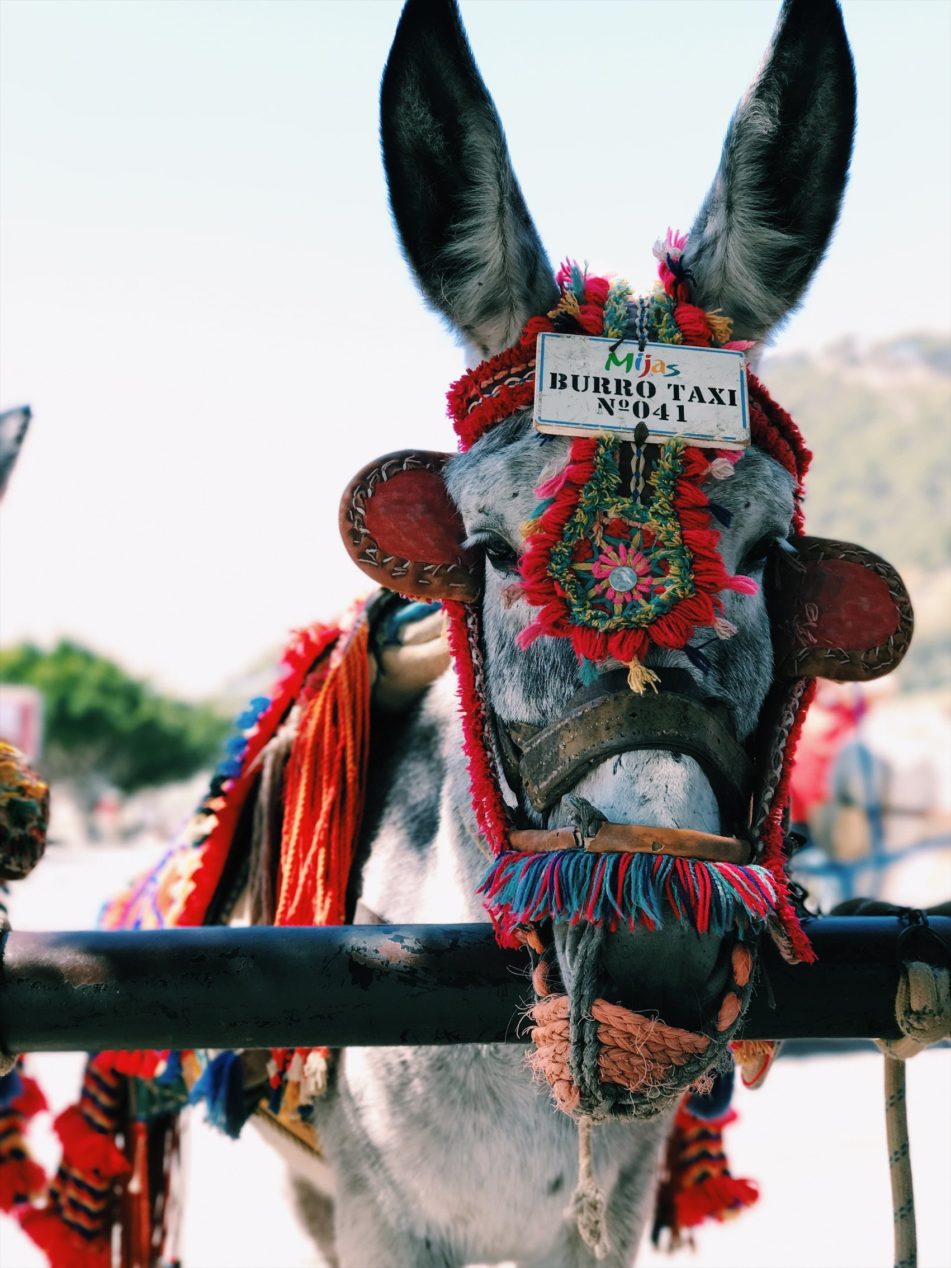
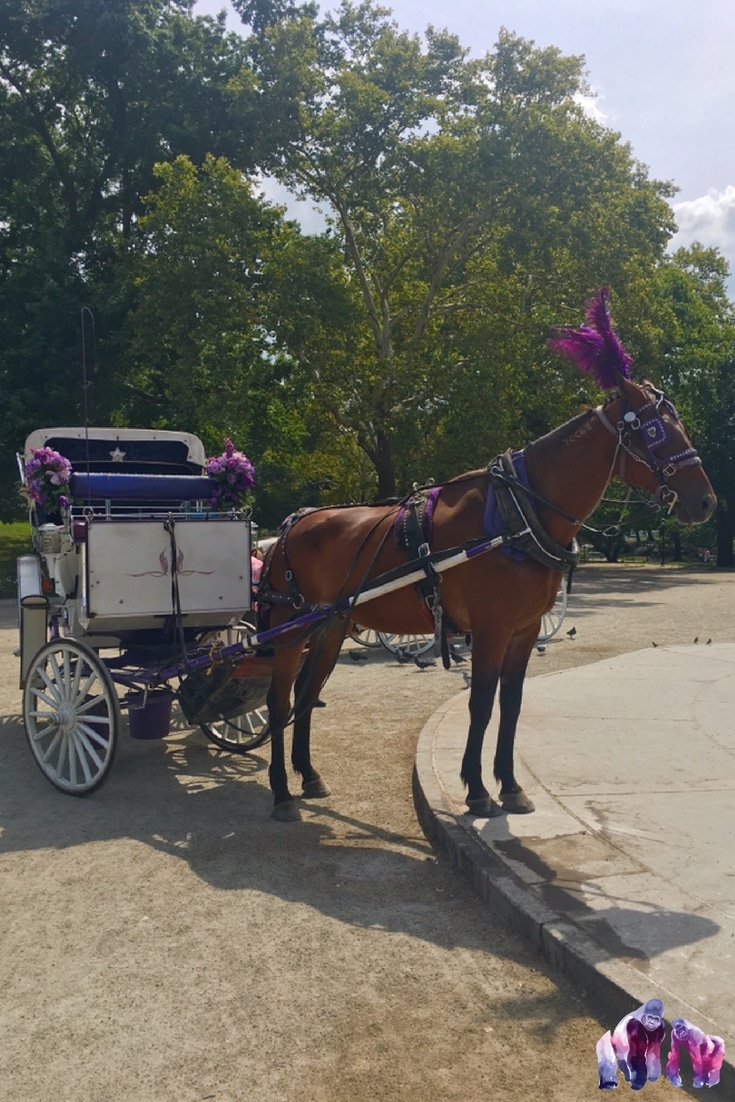
Souvenirs
When purchasing souvenirs, never buy anything made from animal parts. Such as shark teeth, ivory, coral, tortoiseshell, animal skin, fur or any other body part. If you do, you are fueling the demand and wildlife will continue to decline in numbers.
Watch what you eat
Do not support restaurants offering exotic animal meats/bush-meat. You may be tempted and curious, but this will cause the demand for exotic wildlife for human consumption to continue, thus endangering the lives of more even wild animals.
Conclusion
There are so many other animal attractions that, unfortunately, I couldn’t fit into this post such as; crocodile farms, orangutan boxing matches, cock fights, bear baiting, camel rides, bull fights, visiting civet coffee farms, drinking Kopi Luwak coffee, posing with Koalas, whale watching and the list goes on.
Just remember, as a tourist, when you pay to ride a wild animal, watch it perform tricks, eat it, hug it, wear it or take a selfie with it, then cruelty is definitely involved. The more you support the illegal wildlife trade, the more demand is created. Please avoid these venues and stop these cruel practices from continuing.
Your actions and tourism behavior can and will make a difference. Wild animals deserve to remain in the wild, where they belong. Wildlife living in captivity, unable to be returned to the wild should under no circumstance be used for our entertainment. As animal lovers, we must do our research, educate ourselves and the younger generation to respect all animals.
If you have encountered captive wild animals living in poor conditions, displaying unnatural behaviour or any sort of cruelty whilst on your travels, be sure to report the situation online with The Born Free Foundation.
Thanks for reading and please consider the wildlife when you next travel!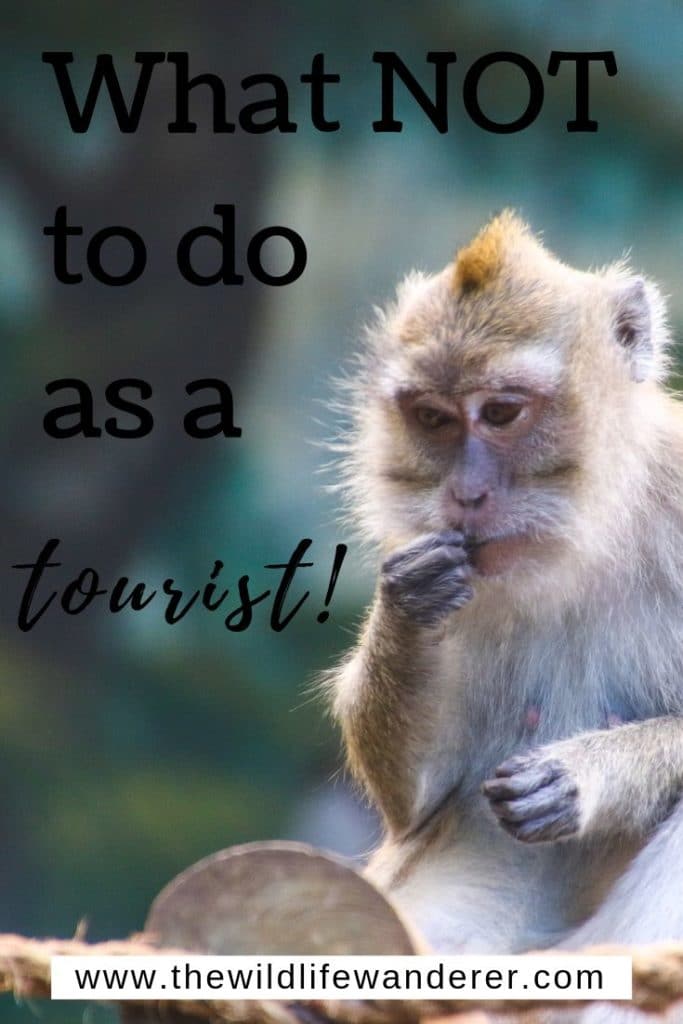
All these tips are great and useful! And, I loved all pictures 🙂
Thank you for your comment. I’m so glad to hear you have found the information useful. Be sure to spread the word and tell your friends before they travel 🙂